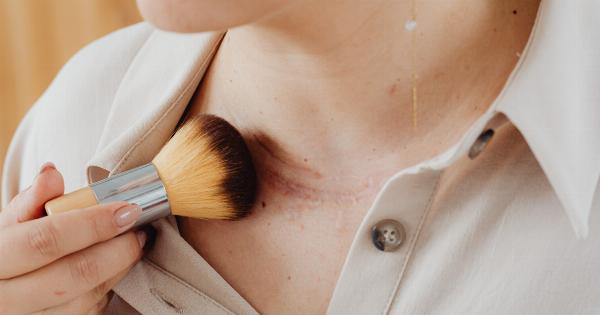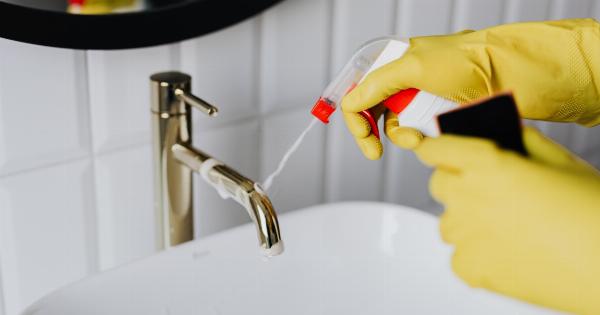Pimples can be a frustrating and confidence-damaging problem, especially when they appear suddenly and leave you scrambling for a quick solution. Luckily, one unexpected remedy might already be sitting in your medicine cabinet: aspirin.
While primarily used to alleviate pain and reduce inflammation, the salicylic acid found in aspirin can also work wonders on your skin when applied topically.
How Does Aspirin Work on Pimples?
The active ingredient in aspirin, salicylic acid, is a beta-hydroxy acid commonly used in skincare products known for its exfoliating and anti-inflammatory properties.
When applied to the skin, salicylic acid penetrates the pores and helps to remove dead skin cells, excess oil, and debris that can clog them. This process not only helps to unclog pores but also promotes the drying out and shrinking of pimples.
Step-by-Step Guide on Using Aspirin to Treat Pimples
Now that you understand how aspirin works on pimples, here’s a step-by-step guide on how to utilize this simple, affordable, and readily available remedy:.
What You’ll Need:
– 1 or 2 aspirin tablets (uncoated) – A small bowl or container – A dropper or teaspoon – Lukewarm water – A clean cotton swab or cotton ball – A moisturizer (optional).
Step 1: Preparation
Start by gathering all the necessary supplies and finding a clean and flat surface to work on.
Step 2: Crushing the Aspirin
Place one or two aspirin tablets in the small bowl or container. Using the back of a teaspoon or a pestle, crush the aspirin into a fine powder. Ensure there are no large chunks left.
Step 3: Adding Lukewarm Water
Add a few drops of lukewarm water to the crushed aspirin powder. Aim for a paste-like consistency that is not too watery or too thick. Mix well until the water is fully incorporated.
Step 4: Application
Using a clean cotton swab or cotton ball, pick up a small amount of the aspirin paste. Gently apply it directly to the pimple or affected area, ensuring full coverage. Avoid applying the paste to the surrounding healthy skin.
Step 5: Allowing Time to Dry
Let the aspirin paste sit on the pimple for about 10-15 minutes or until it dries completely. You might feel a slight tingling sensation, which is normal. If you experience any discomfort or irritation, remove the paste immediately.
Step 6: Removing the Paste
Once the paste is fully dry, rinse it off using lukewarm water. Gently pat the area dry with a clean towel.
Step 7: Moisturizing (Optional)
If your skin feels dry or tight after rinsing off the aspirin paste, apply a light moisturizer to keep it hydrated.
Tips and Precautions
– Patch test: Before applying the aspirin paste to your entire face or a larger area, conduct a patch test on a small portion of your skin to ensure you don’t have an adverse reaction. – Avoid contact with eyes: Take care not to apply the aspirin paste near your eyes, as salicylic acid can be irritating to the delicate eye area. – Limited use: While using aspirin occasionally to target sudden pimples is generally safe, overuse can cause skin dryness and irritation.
Use it as a last-minute solution rather than a daily skincare routine. – Consult a dermatologist: If you have persistent acne or severe skin conditions, it’s always best to consult a dermatologist for personalized advice and proper treatment.
The Bottom Line
Aspirin can be a handy and effective remedy for alleviating sudden pimples. Its salicylic acid content helps unclog pores, reduce inflammation, and speed up the healing process.
Remember to use aspirin sparingly and always prioritize good overall skincare practices, including regular cleansing, exfoliating, and moisturizing. However, if you have a history of allergies, sensitive skin, or any concerns, consult a healthcare professional before trying this or any new skincare approach.





























